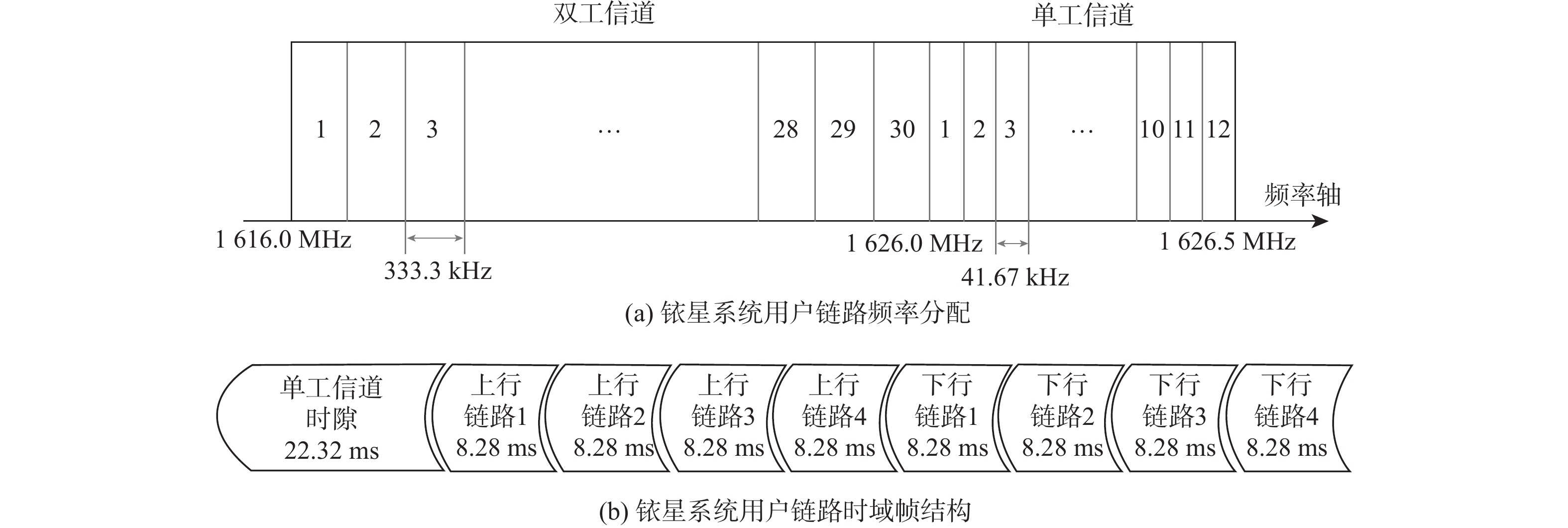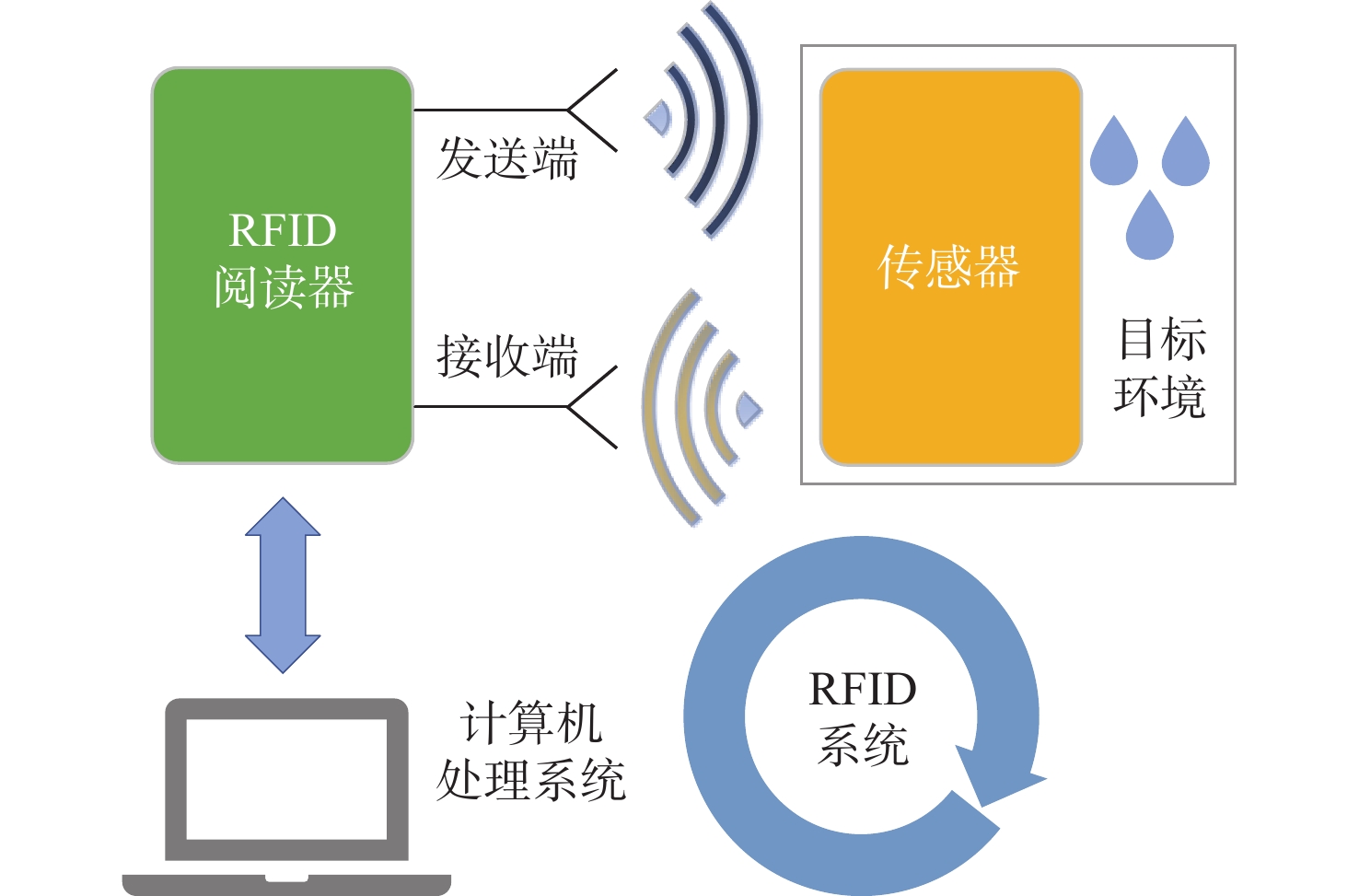The high temperature material science experiment system (HTMSES) on China space station is a new generation of comprehensive and multi-functional space material experiment equipment, which can work in orbit for a long time. The system, with complex composition and compact layout, has the problems of high test temperature and difficulty in heat dissipation of components, which make it challenging for the thermal control design. In this study, thermal control component was designed based on multiple design methods including liquid-cooled thermal control, indirect radiation thermal control, and collaborative optimization design of integrated structural and thermal control, which effectively solved the thermal control problems. Temperature results of thermal design are calculated by finite element analysis software. Then, a thermal experiment on the whole science system was carried out to verify the correctness of the thermal design. Data shows when the HTMSES provides the most stringent experiment case required for material preparation (at 1 200 ℃), the key components are in the friendly temperature range. The maximum temperature of the motors is 42.2 ℃, the maximum temperature of the encoders is 40.6 ℃, the maximum temperature of the screws is 62.4 ℃, the maximum temperature of the sliders is 59.6 ℃, the maximum temperature of the rails is 57.3 ℃, and the maximum temperature of the accessible sites of the skin of HTMSES is 31.6 ℃. All the temperature results meet the requirements of the thermal control index, indicating that the thermal design is correct and feasible, and provides a design reference for the thermal control design of similar equipment.



